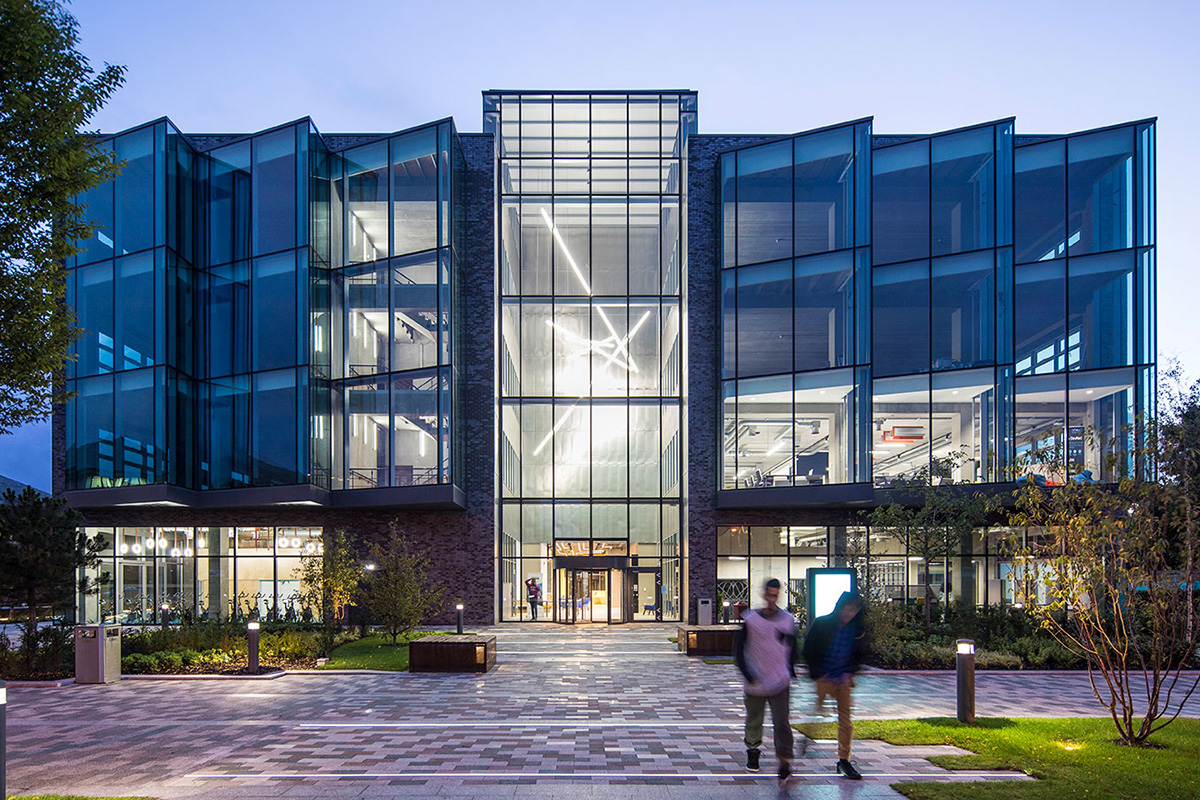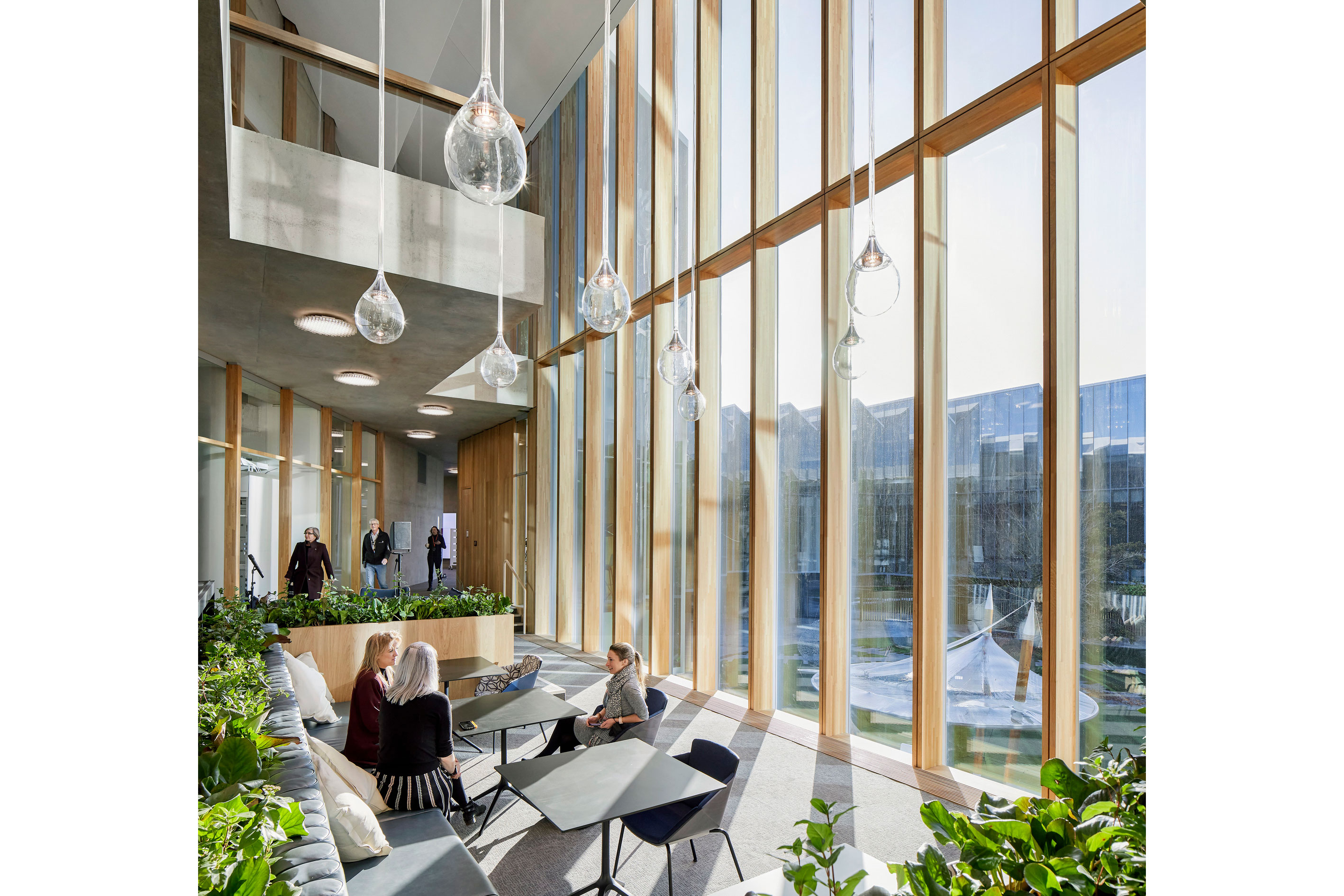#{Title}
#{Copy}
SciTech buildings are integral components of vibrant, forward-thinking cities. They not only shape the urban landscape but also contribute to a city's identity and resilience. They drive research, innovation, education, and economic growth while promoting sustainability and community engagement. The global pandemic brought about an increase in social capital and social enterprise in our communities which has led to a rise in civic science, a concept that sees the catalysation of widespread engagement with science organisations to capture and classify data that informs solutions to society’s most pressing problems.
Community and civic institutions increasingly connect with the societal implications of science and directly collaborate with media organisations, scientific associations, researchers, technology companies and foundations to drive research, innovation, education, and economic growth while promoting sustainability and community engagement.

To make this successful SciTech buildings must be outward facing and openly reflect a collaborative, civic spirit through branding, organisation and material design. Taking their cue from other sectors such as workplace and higher education, these buildings must establish their position and relationship with their city in order to welcome the wider community and connect to local causes and initiatives. A building's appearance and atmosphere establish a company’s position and relationship with a city, so the design should seamlessly extend from the building's exterior to its interior, reflecting the place in which it is located.

For example, a central gathering space is an effective design choice that fosters an open and welcoming atmosphere. Functioning as a focal point for the facility, it serves as an inviting entrance, a primary circulation hub, and an ideal venue for company gatherings, as well as community and social events. Multiple materials and colours can add visual interest and the use of civic-inspired artwork and wayfinding can act as a communication tool, displaying intent, identity and a visible connection with the city and its people.

On a wider level, cities can change with the introduction of science and technology companies. There is a trend moving SciTech buildings from business parks, to campuses, to city quarters. By situating these facilities adjacent to residences and areas dedicated to commerce and entertainment they become part of a heady mix of buildings that are revitalising town centres and creating the opportunity to redesign surrounding external spaces to bring character, vibrancy and diversity.
Many forward-thinking SciTech businesses desire to build their civic presence and develop connections with local academic institutions, the business community, and other organisations to integrate research and discovery. A central, well-connected location can attract top talent, entrepreneurs, and investors, encouraging new startups and knowledge-based industries. This in turn creates an influx of businesses and talent which generates employment opportunities and stimulates economic development in our cities and regions.
With a considered approach to gathering together different activities, well-designed urban SciTech development can create a urban-scale knowledge cauldron that accelerates innovation and strengthens a city's position as a hub of technological excellence and investment contributing to a more prosperous and active place.